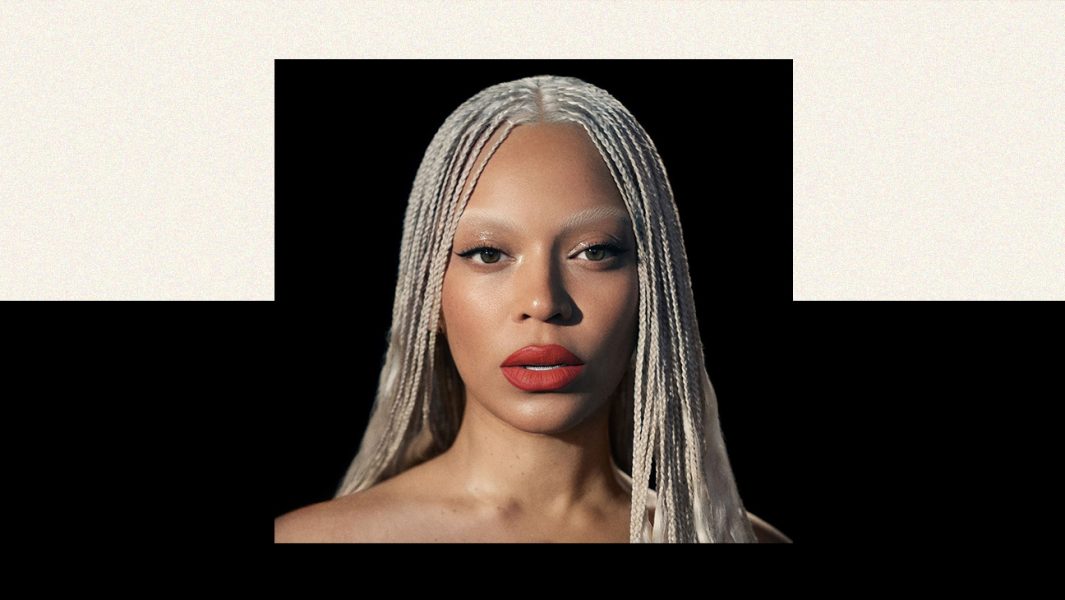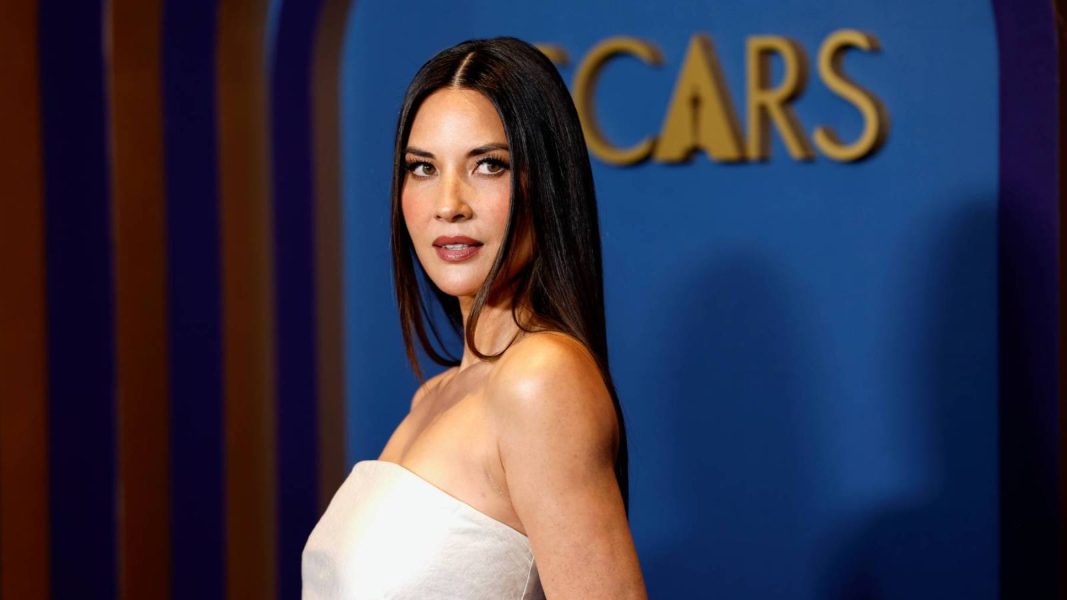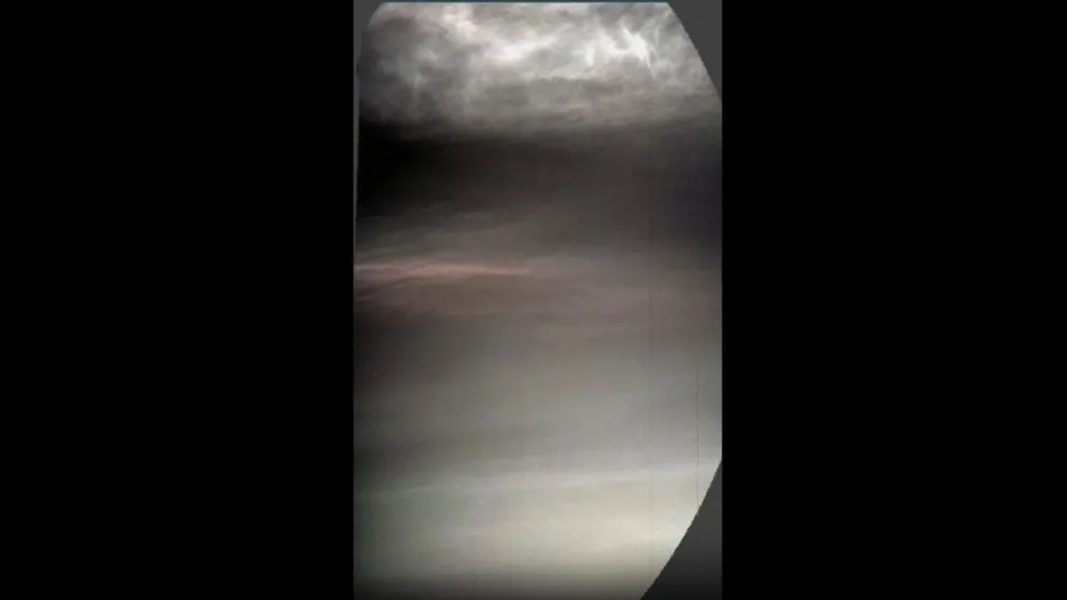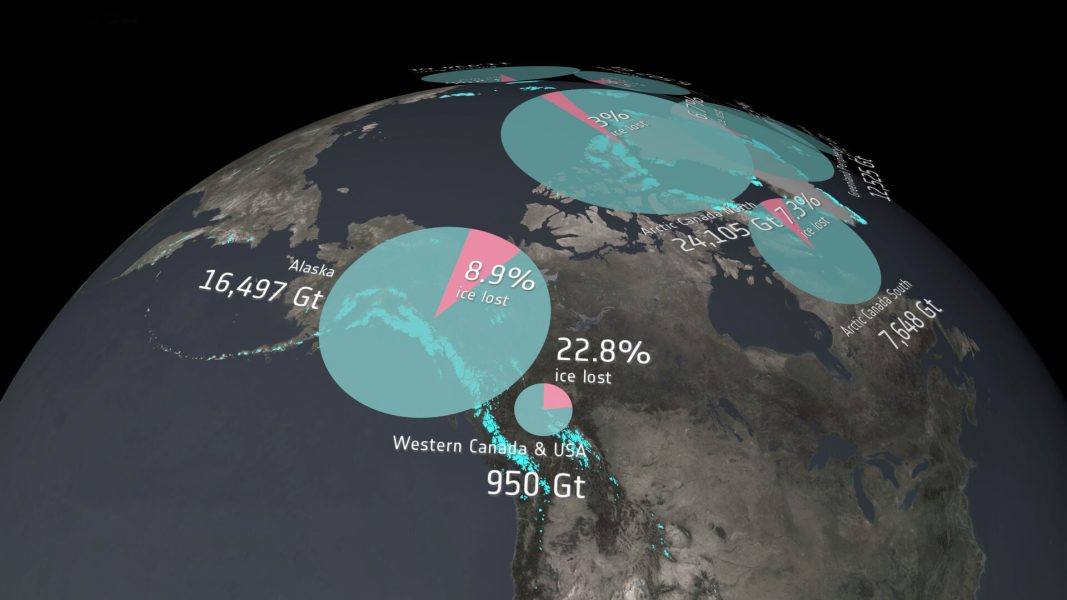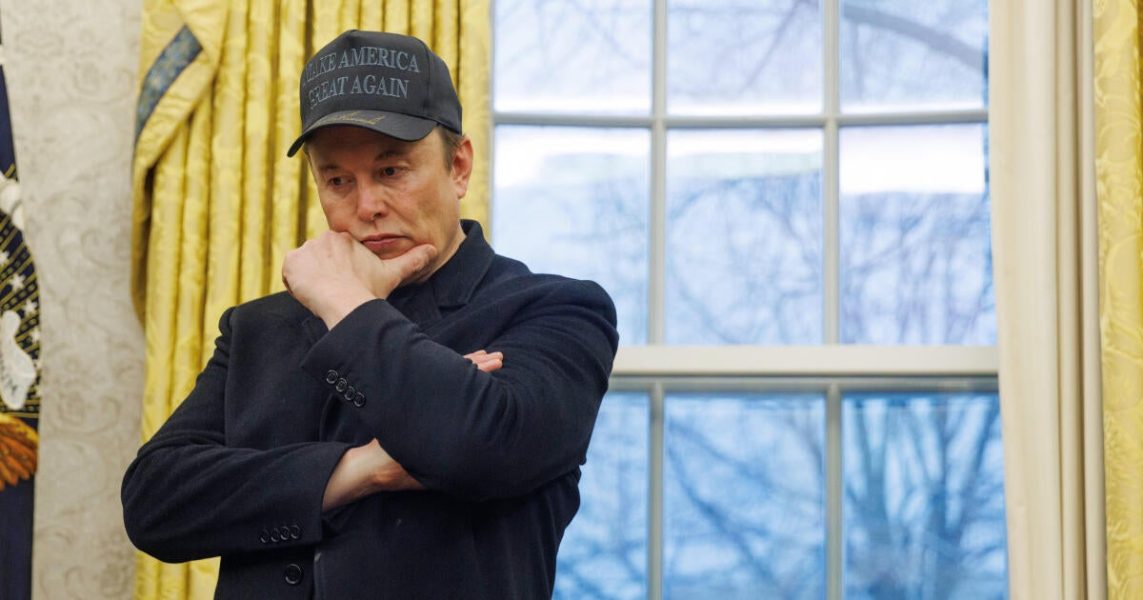‘Vision Quest’ at 40: Matthew Modine Explains How the Coming-of-Age Classic Landed Him ‘Full Metal Jacket’ – Hollywood Reporter
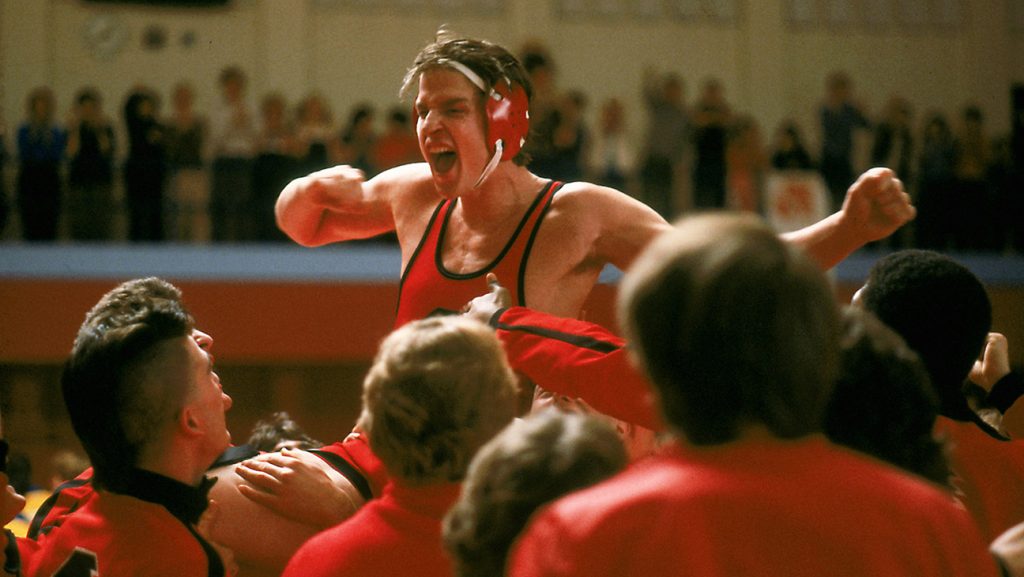
Subscribe for full access to The Hollywood ReporterSubscribe for full access to The Hollywood ReporterThe surprising origin story involves an F-bomb wielding Val Kilmer, who Modine says once told him, “I’m sick of you. I’m tired of you getting all the jobs in town.”
By
Brian Davids
Writer
In the 1980s, Vision Quest star Matthew Modine was the apple of the studio system’s eye. Coming off a half-dozen roles in a two-year span, Modine was having a pancake breakfast with David Alan Grier, one of his co-stars from Robert Altman’s Streamers (1983), when a fellow patron at West Hollywood’s The Source Restaurant greeted him from afar with an f-bomb and a glower.
“David looked over his shoulder and said, ‘Oh, that’s Val Kilmer. He’s a really nice guy.’ He got up and started talking to Val, and then I said to him, ‘My name’s Matthew.’ And he said, ‘Yeah, I know who you are,’” Modine tells The Hollywood Reporter in support of Vision Quest’s 40th anniversary. “I was on a run from Private School and Streamers to Vision Quest and Mrs. Soffel, and while Val could have easily been cast in those movies, he wasn’t. So he said, ‘I’m sick of you. I’m tired of you getting all the jobs in town, and now you’re doing Full Metal Jacket.’ And I said, ‘I assure you, I’m not doing Full Metal Jacket because I didn’t audition.’”
Related Stories
News
Matthew Modine Talks Stanley Kubrick, Trump and Why He’ll be Voting for Kamala Harris
Movies
The Stars Head to Tuscany: Lucca Film Festival Honors Ethan Hawke, Matthew Modine and Paul Schrader
As soon as Modine concluded his awkward meal, he called his manager to get to the bottom of Kilmer’s belief that he was already cast in Stanley Kubrick’s Full Metal Jacket. Modine’s rep was equally puzzled by the claim, but knowing that Kubrick worked out of the same studio as Harold Becker’s Vision Quest, the duo hatched a plan to have Warner Bros. and Becker send a print to Kubrick.
“About a month later, I got a [Full Metal Jacket] script in the mail to my house. I don’t know how Kubrick found me, but he included a letter that said: ‘Hello, my name is Stanley Kubrick. I’m a film director, and I wonder if you’d consider being in my film,’” Modine recalls. “I wish I still had that letter, but I don’t. So Harold and Warner Bros. did me a giant favor by sending Vision Quest to Stanley Kubrick. That was my audition, and that’s how I got cast in [Full Metal Jacket].”
The Darryl Ponicsan-penned Vision Quest chronicles 18-year-old high school wrestler Louden Swain (Modine) and his mission to cut his 190-pound weight so that he can challenge the State of Washington’s three-time champion, Brian Shute (Frank Jasper), at 168 lbs. Louden’s objective is made all the more complicated by his sudden feelings for a nomadic artist (Linda Fiorentino’s Carla) that he and his father took in out of pity.
Oddly enough, while Louden was dropping two weight classes on screen in order to wrestle at 168 lbs, Modine was actually putting on weight in an effort to counter Jasper’s real-life weight of at least 200 lbs.
“[Jasper] was maybe two and a quarter; he was a big, big dude,” Modine says. “So I was trying to gain weight because I was just out of drama school, and I was drinking copious amounts of coffee and smoking Camel Straights. I was really skinny, and that was one of Harold Becker’s concerns.”
The coming-of-age classic is also known for its platinum-selling soundtrack that features Madonna’s “Crazy for You” and “Gambler.” The pop star even performs her two singles during a scene inside a bar, and at the time of the film’s production in the fall of 1983, she was still relatively unknown, although her single “Holiday” was beginning to take root, becoming her biggest hit to date. And by the time Vision Quest released domestically in February of 1985, her star had risen dramatically thanks to her chart-topping 1984 record, Like a Virgin. The corresponding release of her “Crazy for You” single from the Vision Quest soundtrack then struck such a chord that the film was eventually retitled to Crazy for You before its release in select overseas markets.
When Modine shot the bar scene with Madonna at the end of 1983, he couldn’t yet sense that he was in the company of a soon-to-be global pop sensation.
“She was just a girl that was going to be singing in the club,” Modine admits. “And all of a sudden, because of the music videos [for “Crazy for You” and “Gambler”], people would stop me and say, ‘Oh, you’re in that Madonna video.’ So it went from Madonna being in a movie that I was starring in to me being in a movie that Madonna was the star of.”
Below, during a recent conversation with THR, Modine also discusses the meaningful encounters Vision Quest has prompted on the streets of New York City, as well as his own personal vision quest in 1980.
***
We talked for Full Metal Jacket five years ago, and Vision Quest released two years before it in 1985. Being that they’re both Warners Bros. movies, did Vision Quest endear you to Warners when it came time to cast Jacket?
I was with the wonderful actor David Alan Grier at The Source on Hollywood Boulevard. It was a restaurant that was made famous because Woody Allen crashed the Cadillac in the restaurant’s [parking lot] after having lunch with Diane Keaton in Annie Hall. So we were sitting there having pancakes and discussing that, and just a few feet ahead of me, someone was looking at me and clearly telling me, for simplicity, to go fuck myself. And I told David, “Unless this guy’s got Tourette’s or he is an actor memorizing a monologue, he’s clearly telling me to go fuck myself.” So David looked over his shoulder and said, “Oh, that’s Val Kilmer. He’s a really nice guy.”
He got up and started talking to Val, and then I said to him, “My name’s Matthew.” And he said, “Yeah, I know who you are.” I was on a run from Private School and Streamers to Vision Quest and Mrs. Soffel, and while Val could have easily been cast in those movies, he wasn’t. So he said, “I’m sick of you. I’m tired of you getting all the jobs in town, and now you’re doing Full Metal Jacket.” And I said, “I’m not doing Full Metal Jacket.” You had to audition for it, which Val did. In his documentary [2021’s Val], it shows how deep he went into the audition for that film. So I said, “I assure you, I’m not doing Full Metal Jacket because I didn’t audition.”
Of course, when I finished my breakfast, I ran out to a payphone and put in a bunch of quarters to call my manager in New York. I said, “This actor just told me that I’m doing Kubrick’s movie Full Metal Jacket. Do you know anything about it?” And he said, “I don’t know anything about it.” So I said, “Well, I know that Kubrick makes his movies with Warner Bros., and we have Vision Quest there. So why don’t we call [Vision Quest director] Harold Becker and Warner Bros., and ask them to send a print to Stanley Kubrick so he can see it? I’ll also call Alan Parker in London to get him to send over some scenes [from Birdy’s edit].”
About a month later, I got a [Full Metal Jacket] script in the mail to my house. I don’t know how Kubrick found me, but he included a letter that said: “Hello, my name is Stanley Kubrick. I’m a film director, and I wonder if you’d consider being in my film.” I wish I still had that letter, but I don’t. So that was the Warner Bros. connection, and Harold and Warner Bros. did me a giant favor by sending Vision Quest to Stanley Kubrick. That was my audition, and that’s how I got cast in his film.
Vision Quest likely proved that you had the physicality for Full Metal Jacket’s boot camp. I know you’re not a method actor, but did you still try to cut your weight down to 168 lbs like Louden Swain was throughout the film?
No, I was trying to gain weight the entire film, because Frank Jasper, who played Shute, weighed well over 200 [lbs]. He was maybe two and a quarter; he was a big, big dude. So I was trying to gain weight because I was just out of drama school, and I was drinking copious amounts of coffee and smoking Camel Straights. I was really skinny, and that was one of Harold Becker’s concerns. So, around two months before we started filming, he sent me to Spokane, Washington to start training with a bunch of state wrestling champions from Spokane, and Michael Schoeffling [who played Kuch]. He was also a state champion from Pennsylvania.
You previously told me how you can always anticipate your directors’ inevitable Kubrick questions. But, nowadays, how often do filmmakers and scene partners bring up Vision Quest to you?
It comes up more with the audience, with people on the street. If I’m walking down the street in New York City, people will be like, “Hey, Loudon! You gonna make the weight? You’re a bleeder. You can’t hold your mud.” People know the film, and they shout out lines from the street. Occasionally, people will stop me and start crying, before saying that I saved their life because of Louden Swain’s approach to life and his work ethic. The person was an alcoholic or a drug addict or had some problem in their life, and so they needed some kind of direction. They needed a compass in their life, and Louden became that person. I’m not kidding you. I’ve been stopped more than a hundred times on the street, and people just start weeping and wanting to give me a hug because this character that I played helped give them a direction in their life. It was a lifeline that they needed, and Louden Swain was able to provide it.
As you just referenced, Louden suffered quite a few nosebleeds due to weight cutting, and it reminded me of Dr. Martin Brenner’s favorite test subject, Eleven. Did you and Millie Bobby Brown ever bond over the art of nosebleed acting?
I gave some secrets about how I did it in the film. We wanted to be able to go from no blood to blood running down my face. So I stuffed a sponge up my nose that was soaked in that horrible movie blood, which is made out of corn syrup and God knows what kind of red dye that’s probably carcinogenic. So I pushed it far enough in that it wouldn’t drip, and then I could push on it [the other way] to have blood run down my face. But with today’s technology, they don’t even have to do that anymore; they can just put it in digitally.
The Madonna-led soundtrack went platinum, and hit soundtracks with original music used to be fairly common. Do you have any idea what happened to this type of movie soundtrack? Was there less financial incentive once technology upended record sales?
No, I just think that the music in the ‘80s was better than current, present-day music. I like the way Steven Tyler said it. He said, “When [Aerosmith] was at the height of our popularity, we were musicians who did drugs. Today, there’s people who do drugs and call themselves musicians.” So, whether it’s Red Rider or Journey or Madonna or John Waite, it’s an incredible soundtrack. It’s a million-selling album, and maybe more than once because of vinyl, cassette and 8-track. So the soundtrack is really good, but I have to admit that I wasn’t a fan of the music when I first saw the film. I thought that it was too much music, that it was just wall-to-wall music over everything. But now I really enjoy the soundtrack, and it was a period where that kind of genre movie had that kind of music. It wasn’t inappropriate.
Madonna’s biggest hit at the time, “Holiday,” released right as you started filming Vision Quest in the fall of 1983, so could you sense the energy that was building around her?
No, she was just a girl that was going to be singing in the club, and she may have been nervous about performing in the club. Maybe she wasn’t a fan of “Gambler,” but she sang the hell out of “Crazy for You.” The movie ended up using its melody a couple times. And by the time the film opened around the world in different countries in Europe and in Asia, they had changed the name of the movie to Crazy for You because of the success of the song. And all of a sudden, because of the music videos, people would stop me and say, “Oh, you’re in that Madonna video.” So it went from Madonna being in a movie that I was starring in to me being in a movie that Madonna was the star of.
I was always struck by Louden’s relationship with Elmo (J.C. Quinn). When he looks at Louden in certain moments, it seems like he’s looking at his younger self and imagining the life he could have had with a few different choices. Even their hair and eye color were similar. Does that reading track with you at all?
J.C. and I could be from the same family. My oldest brother is ten years older than me, and J.C. kind of looked like my oldest brother, Mark. The [“six minutes” scene] is not only a really beautiful speech that he delivered fantastically, but it’s also a really important speech because it’s about the pursuit of happiness. “It ain’t the six minutes; it’s what happens in that six minutes.” It’s what happens over the course of our lifetime. The pursuit of happiness is being of service to another human being. The pursuit of happiness is not about the pursuit of possessions; that doesn’t bring joy. What brings you joy is helping someone who’s slipped or fallen. It’s helping somebody build a home [like former President Jimmy Carter did thousands of times with Habitat for Humanity]. He is a perfect example of somebody who pursued happiness throughout his life. He was always in service to other people, and the joy that he gained from that helped him to live as long as he did.
If someone took another crack at Vision Quest, would you be flattered? Or would you rather they leave well enough alone?
Well, you’d have to leave well enough alone. You’d have to reimagine the whole thing because we live in such a different world today. Part of the success of Vision Quest is like the success of Stranger Things. Both take place in the ‘80s, and it’s an era that predates social media, cell phones, text messaging, emails. All these things have been incredible life disruptors for so many, especially young people, and it’s to the point where I think that there’s difficulty hanging out and communicating with somebody face to face.
So, unconsciously, part of the success of Vision Quest and why it continues to be something that is attractive to people is the same as it is for Stranger Things. It’s kids getting together and riding bicycles and talking to one another and going on road trips and going to the mall and just being together without the distraction of a device. When you’re with somebody, you’re really with them. So reimagining Vision Quest would have to deal with all of the social media things that exist today, and it must be very difficult to come of age today.
Lastly, what was your version of a vision quest? What was the first time you pushed yourself to the brink in the name of something meaningful?
It was moving to New York City [in 1980]. I was born in Loma Linda, California, and I grew up in Imperial Beach and in Utah. My father was a drive-in theater manager. The likelihood of being successful in the arts is slim to none; it’s probably one in a million. I went to school with some actors that were much better than me, but they couldn’t get in the room. They couldn’t go through the audition process that we used to do. Maybe, in this current time of self-tapes, they might have been successful. But going in the room and having that humiliating experience of auditioning for somebody, that’s a vision quest.
In order to accomplish the goal that you’ve set for yourself, you have to be willing to put yourself out there and do things that are uncomfortable. So I moved to New York City, and I didn’t know anybody here. I didn’t have any money. I didn’t have any financial support from anybody. I was on my own. Nobody believed in what I was doing, and that’s why I came to New York instead of going to Los Angeles. I just wanted to get away from all the naysayers. So I dug my heels in, and once I started working, I never stopped.
***Sign up for THR news straight to your inbox every daySign up for THR news straight to your inbox every daySubscribe for full access to The Hollywood ReporterSend us a tip using our anonymous form.

